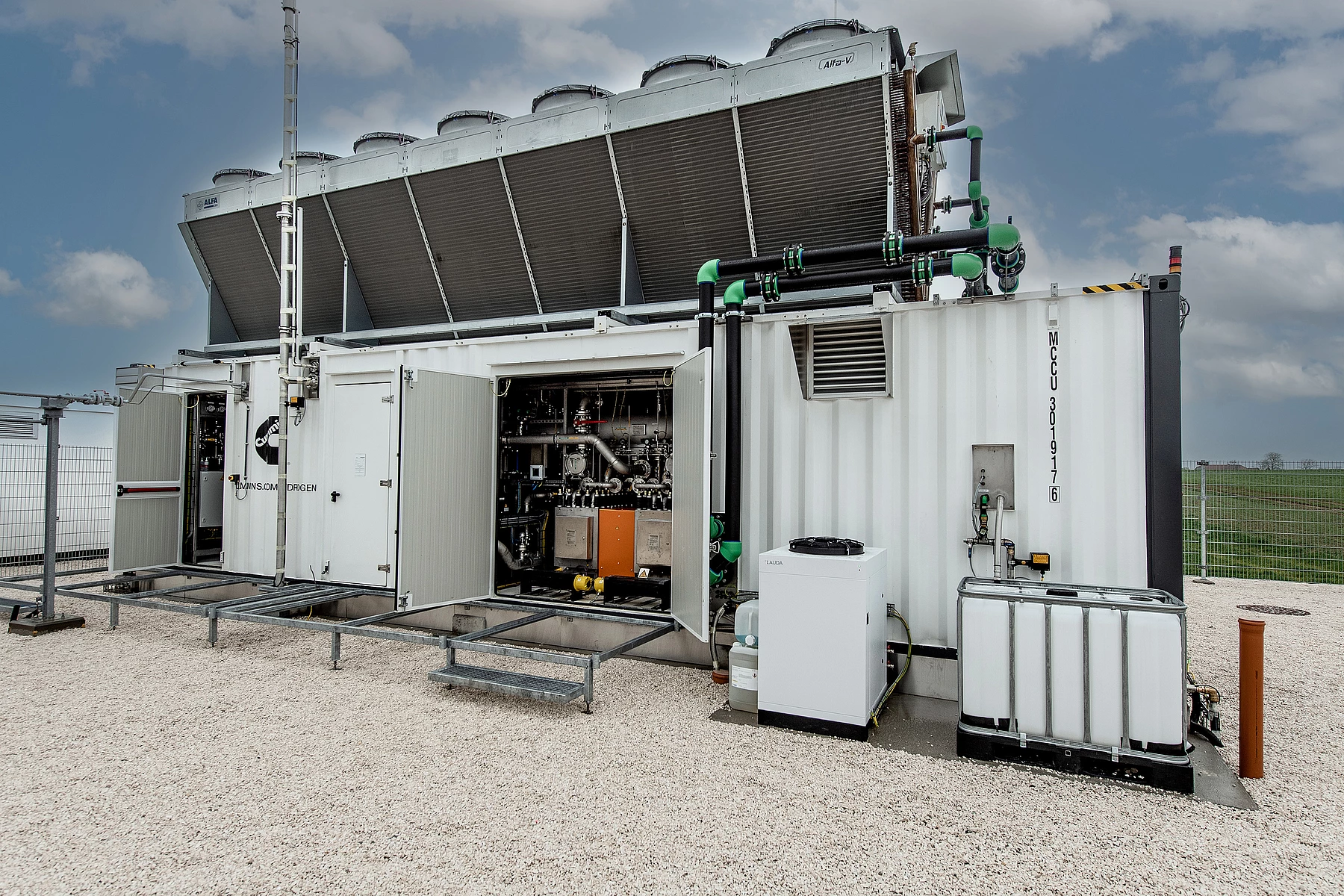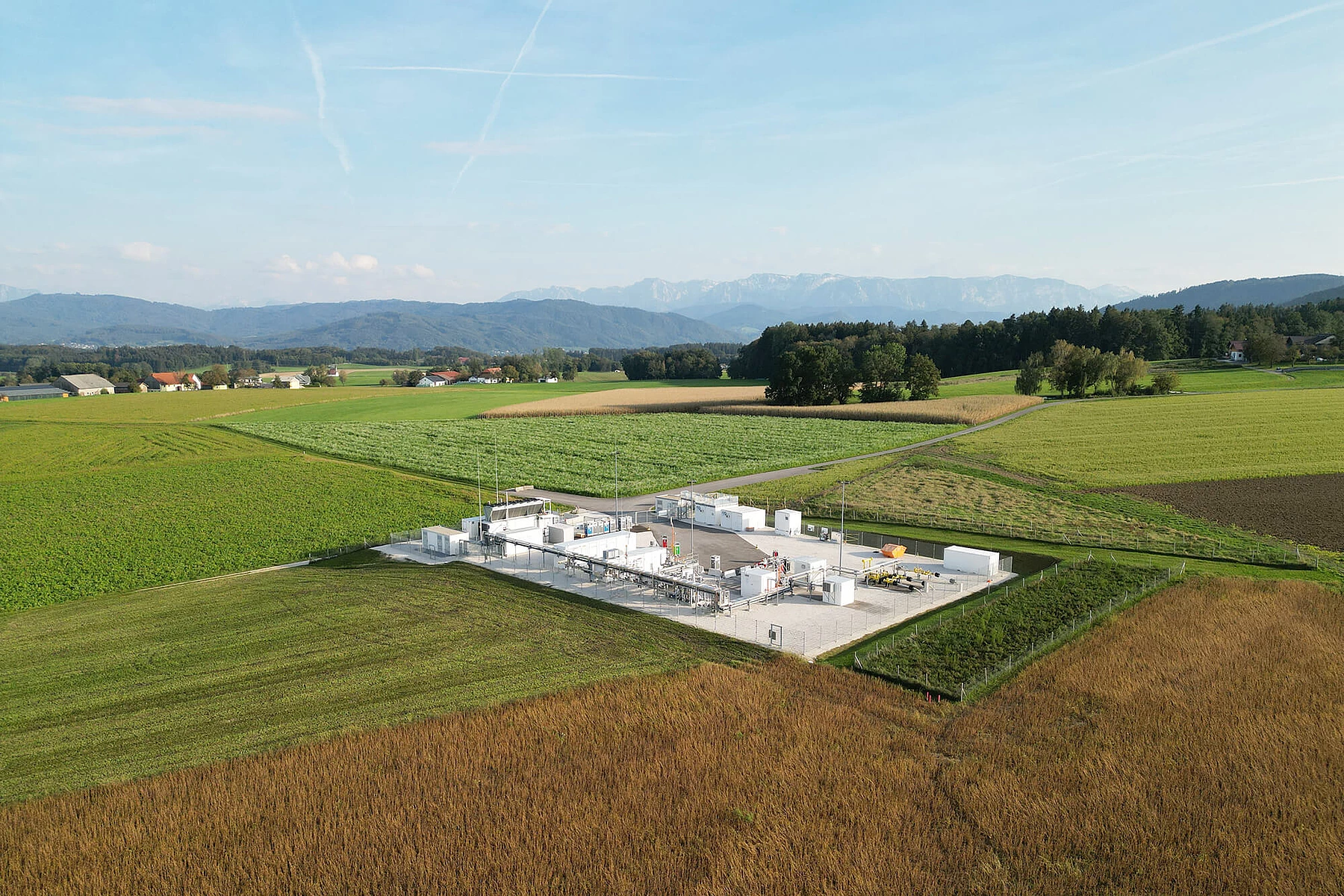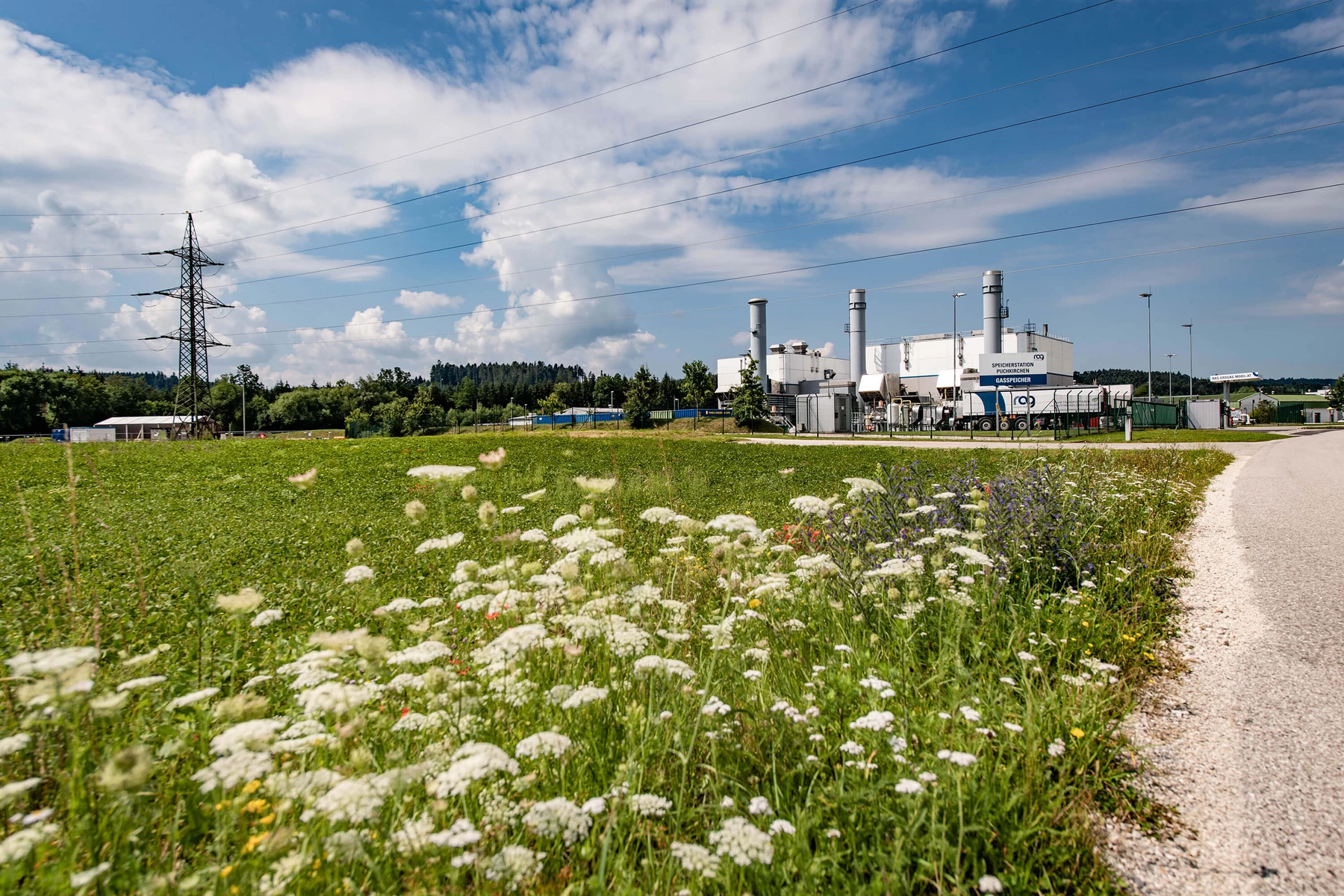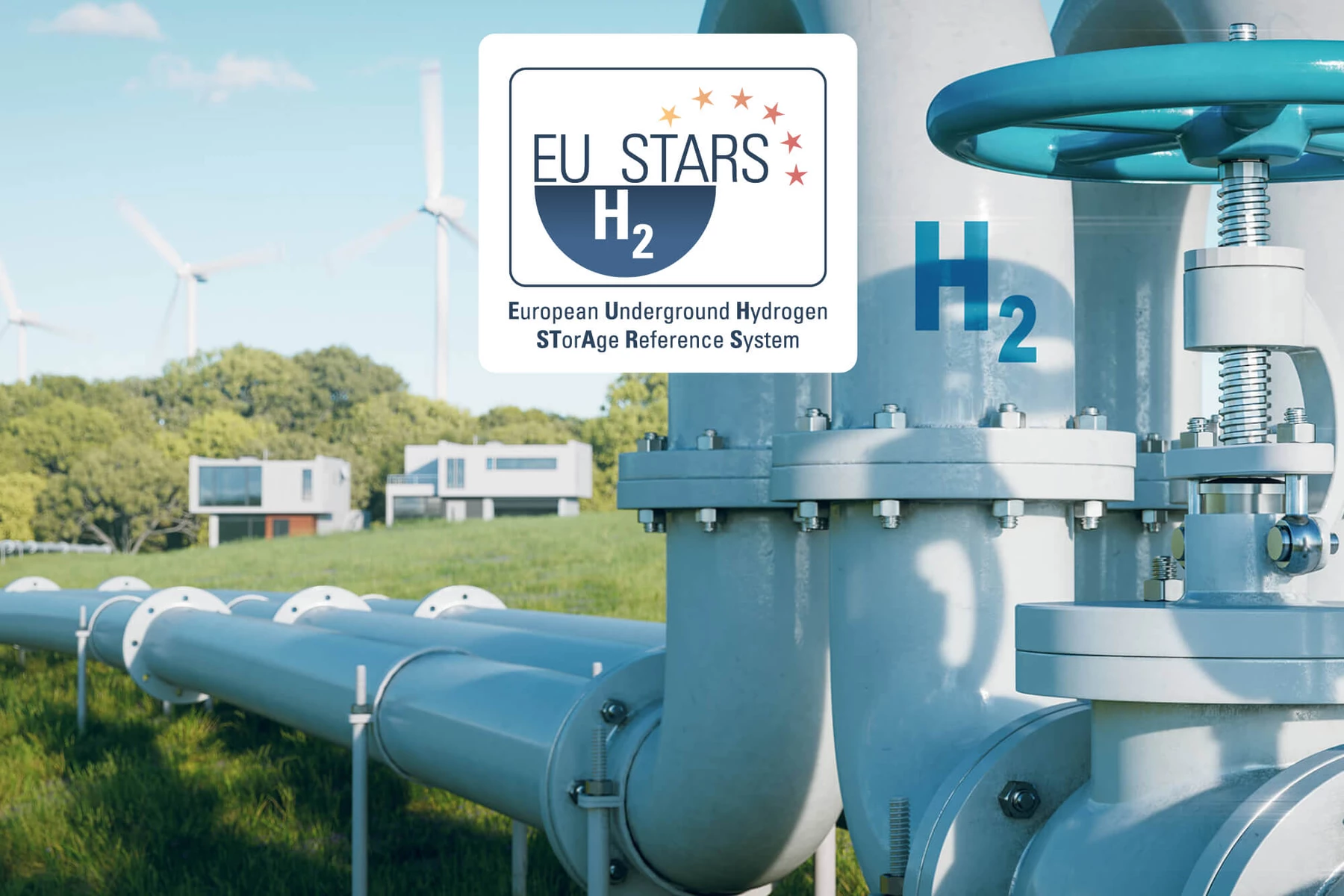RAG – Renewables and Gas
RAG Austria AG is Austria’s largest energy storage company, and one of Europe’s leading gas storage facility operators.
Our business focus is market driven storage, conversion and conditioning of energy in gaseous forms.
We also develop leading edge energy technologies related to green gas like hydrogen that partner renewables.
 ©
©
"H2Austria&Bavaria+Store electrolyser" project receives PCI status from the European Commission
Hydrogen is a key component in achieving climate targets and enhancing security of supply in Europe. In this context, on December 1, 2025, the European Commission recognized the project “H2Austria&Bavaria+Store electrolyser”, initiated by RAG Austria AG and part of the Hydrogen Interconnections in Western Europe (HI West) network, as a Project of Common Interest (PCI). Thereby its strategic importance for Europe is confirmed. With PCI status, RAG's project can benefit from accelerated approval and implementation processes.
 ©
©
New BMWET study confirms: Austria needs large-scale hydrogen storage
On 22 November 2025, the study “Hydrogen Storage in Austria”, commissioned by the Federal Ministry for Economy, Energy and Tourism, was presented. The study makes clear: The energy transition will not succeed without large-scale seasonal storage. RAG Austria has already successfully implemented the required technology in the Molasse Basin in Upper Austria.
Key Findings:
- Hydrogen demand will increase from 5 TWh (2030) to 48 TWh (2040)
- Storage demand will grow from 1.2 TWh to 7.7 TWh over the same period
- Storage facilities make a crucial contribution to security of supply, especially in the event of import disruptions or periods of low renewable generation
Only with sufficient storage capacities Austria can reliably supply itself with electricity and heat through dispatchable power plants, and not merely produce green electricity on a net annual basis. RAG Austria has already put the solution into practice: The international flagship project Underground Sun Storage has demonstrated that green hydrogen can be stored safely, efficiently, and seasonally in depleted natural gas reservoirs. This expertise is now being incorporated into the European reference project EUH2STARS, which aims to further scale up hydrogen storage.

Preserving electricity from summer sunshine – for security of supply and domestic value creation
By supplying three gigawatt-hours of green electricity per year from 100% Austrian renewable sources provided by NATURKRAFT / ENERGIEALLIANZ Austria, compliance with strict European standards is ensured, allowing green hydrogen to be produced in accordance with RFNBO requirements.
 ©
©
Seasonal electricity storage in the form of hydrogen ready for scale-up
The demo operation of hydrogen production and storage in the USS2030 project has been successfully completed, showing that it is technically possible to offer hydrogen storage services on a scaled and commercial basis in depleted underground gas reservoirs.
In 2023, the world's first hydrogen storage facility was opened in an underground sandstone gas reservoir as part of the flagship project Underground Sun Storage 2030 (USS 2030) in the municipality of Gampern, Upper Austria. The project operation, consisting of two storage cycles, has been successfully completed.
 ©
©
Shaping the future of energy – for 90 years
RAG Austria AG has played a decisive role in shaping the Austrian energy landscape for 90 years now. Founded as “Rohölaufsuchungs-Gesellschaft”, our roots are in crude oil and natural gas production in Austria. Based on this, we have developed into one of Europe’s largest energy storage operators: reliable, safe and flexible. Today, RAG stands for ‘Renewables and Gas’: we have transformed ourselves from a traditional production company into a pioneer in storage and security of supply and are strongly committed to a sustainable energy future.
“We have been shaping the energy world for nine decades, successfully ensuring security of supply, driving innovation and pointing out new paths and prospects for the future.”
 ©
©
Start of European Reference Project EUH2STARS for large-volume hydrogen storage
Paving the way towards the future of European underground hydrogen storage
THE EUH2STARS is a European flagship project for the development of marked-ready underground hydrogen storage (UHS) in depleted porous natural gas reservoirs and for building the infrastructure for hydrogen storage. The project is supported by the Clean Hydrogen Partnership.
![[Translate to English:] [Translate to English:]](/fileadmin/_processed_/4/1/csm_RAG-Speicher-Puchkirchen_b6ea20c630.webp)





